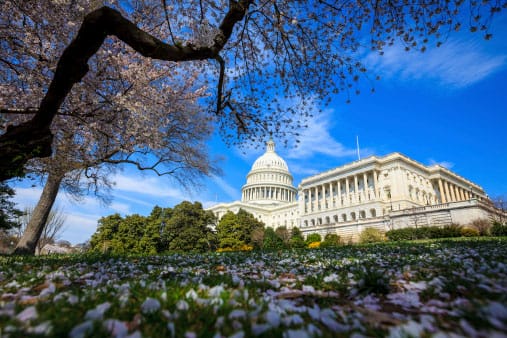A pivotal new Standard & Poor’s study on the issue of income inequality broke in the news on Aug. 6, 2014. Why is it so significant? The research could change the way the world looks at income inequality and wealth disparity and will therefore influence public economic policy, such as the minimum wage. The new economic understanding could even lead to a historic economic environment, akin to the Conference at Breton Woods that was the beginning of the World Bank, the New Deal and Great Society movements by the U.S. government, the opening of the Panama Canal and the introduction of the Defense Highway system in the 1950s.
As Fox Business reported, “The noisy public debate over whether the income gap between the wealthiest Americans and the rest of us is getting wider is no longer a debate, according to ratings and research firm Standard & Poor’s.”
That same day, The Wall Street Journal wrote on the subject that, “The current level of income inequality in the U.S. is dampening GDP growth, at a time when the world’s biggest economy is struggling to recover from the Great Recession and the government is in need of funds to support an aging population.”
The WSJ article went on to say that, “U.S. income inequality is harming U.S. economic growth by excluding large swaths of the population from its cumulative benefits.”

How will U.S. policymakers tackle income inequality in light of recent S&P research?
“The findings suggest that last generation’s inequalities will extend into the next generation, with diminished opportunities for upward social mobility,” the S&P authors wrote.
“Some degree of rebalancing—along with spending in the areas of education, health care, and infrastructure, for example—could help bring under control an income gap that, at its current level, threatens the stability of an economy still struggling to recover,” S&P concluded. “This could take the form of reallocating fiscal resources toward those with a greater propensity to spend, or toward badly needed public resources like roads, ports and transit.”
We are not alone in this. China is experiencing the same pressures. In an article published online by the Proceedings of the National Academy of Sciences, the University of Michigan Institute for Social Research reported that, “Income inequality has been rising rapidly in China and now surpasses that of the U.S. by a large margin.” Using the internationally accepted measure of income inequality, the Gini coefficient, and comparing it to earlier estimates for China, we can see the difference.
The University of Michigan Institute for Social Research study found that the Gini coefficient for family income in China is now around 0.55 compared to 0.45 in the U.S. In 1980, China’s Gini coefficient was 0.30. In 2012, the Chinese government refused to release the country’s Gini coefficient.
What is to be done?
S&P Chief Economist Beth Ann Bovino told International Business Times: “There’s a lot of arguments about how to rebalance the economy, and one of the ideas is possibly improving education status.” Research indicates that the educational achievement in the United States has risen less rapidly than in past decades.
According to S&P, research by Harvard professors Claudia Goldin and Lawrence Katz found that in 1980, Americans 30 and older had more education, on average, than Americans in the 1930s. By 2005, Americans 30 and older had only 0.8 years more schooling than Americans 30 and older had in 1980.
A growing global economic environment requires an educated population for an industrial nation like the United States to succeed. Income inequality and disparities are pressures that force the economy to misallocate resources that could contribute to the continued expansion and economic viability of the United States. Inequality is also a global problem, underpinning the migration from rural areas to cities, and the emigration from developing countries to industrialized ones.
The S&P report calculated that the U.S. economy’s gross domestic product would grow by an additional $252 billion by 2019 if the U.S. workforce could gain just one more year of education on average.
To get there would likely require more investment in college financial aid and in K-12 education, the report states. To bring more children into higher education “the money needs to come from somewhere,” Bovino said. “And I guess we’ll have to leave that up to policymakers.”
The S&P report is a significant change in the way the world looks at income inequality. The disparity between wealthy and poor nations is of concern because it impacts global economic activity, and magnifies threats to it, like terrorism and political upheaval. Education is the key to the success of people at every level, particularly those at lower income levels whose income impacts the consumer-oriented American economy most of all.


























